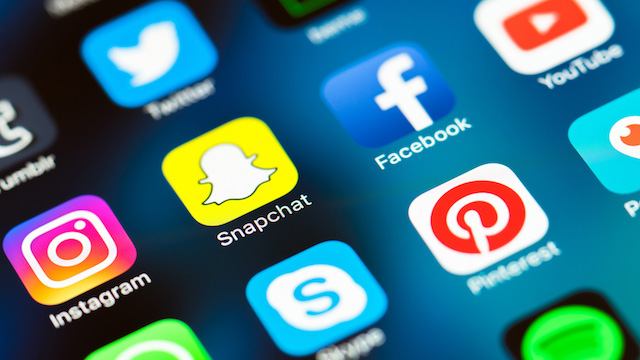
10 Ways Social Media is Changing Advertising
Social media is more widespread now than it has ever been and it just makes sense the corporations are getting interested and more involved. Businesses see this as a way to keep better tabs on their target market, engage with potential customers, and more. You can learn about all of the ways that social media is changing the game when it comes to advertising, whether that is for better or worse, here in this list.
Increased Access To Customer Service
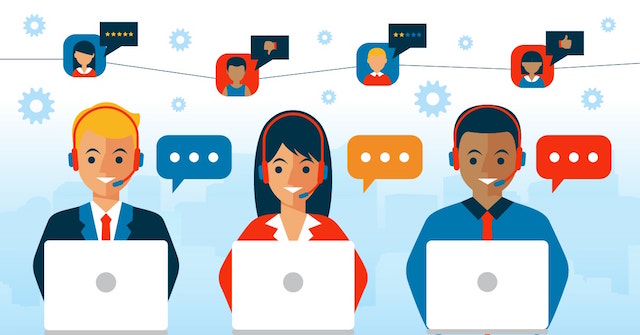
Social media has made the customer service experience more convenient than it has ever been. Customers don’t even have to directly contact customer service to get the help that they need most of the time because just raising a complaint on social media can get you answers from the company if they see your public posts. Though it’s still smart to have a robust customer service strategy in place instead of relying solely on social media. Most brands use automatic responses, customer service apps, or 24/7 staff to help increase access in addition to social media channels.
More Organic Approach

Sometimes we will see advertisements that don’t even feel like advertisements anymore. This works for businesses because a lot of people are very turned off by ads. People nowadays don’t like to have things pushed on them because we’re very focused on feeling like we are making our own decisions and not being convinced. This can be on Twitter, Instagram, Youtube, and more because content producers on these platforms can combine their content with marketing seamlessly.
Difficulty Measuring ROI
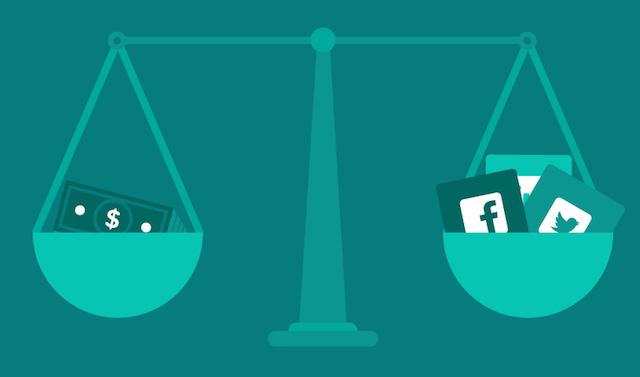
Here is one of the downsides that people tend to overlook so much because the benefits are exponential. It has become more difficult to measure return on investment. ROI is significant in advertising because it is what determines if a particular campaign was worth it or not. Of course, with social media, shares, and views mean that you have made plenty of impressions but how that influences revenue is incredibly difficult to measure.
Better Analytics

Social media is a place where the majority of the population gets online and expresses their thoughts and feelings in a way that was much more private and uncommon back in the day. This leads to better analytics because businesses can look at what their target market is up to and into so they can create better products that meet their needs, improve their services, and more.
Changing Spending Priorities
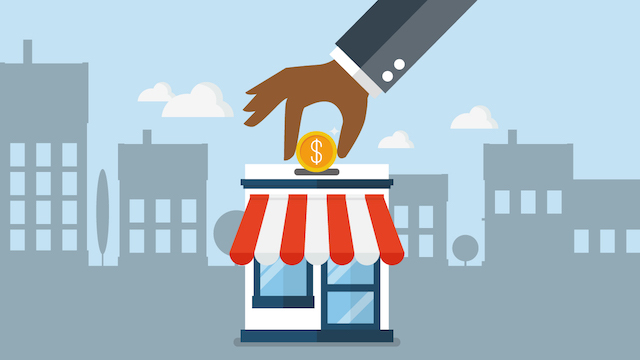
This is not necessarily negative unless social media avenues aren’t proving to be the most beneficial for a particular business. As businesses see that social media marketing is effective, more dollars are being pushed towards it. This is great for social media platforms, but it can also lead to harsher competition because consumers are more inundated with ads on social media.
Simplifies Retargeting

People used to only go to websites when they were looking for something specific, but now there is a lot of aimless app switching. Studies have shown that people check their phones every twelve minutes, which is up to 80 times throughout the day. Because of this, companies have a simpler time retargeting. This is when a person goes to their site and doesn’t make a purchase and then sees those ads on a different site later. Sometimes even talking about specific products in the presence of Siri can cause this to happen. While this does give off major Big Brother vibes, it increases the success of companies.
Bypassing Gatekeeping
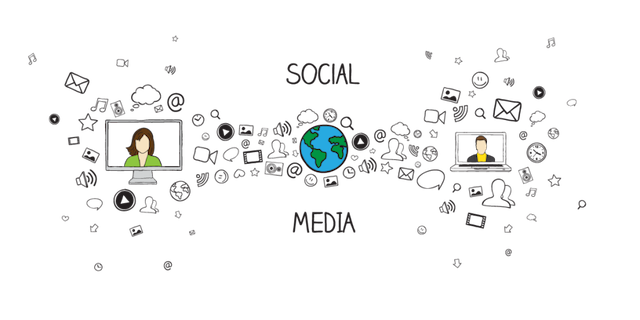
With brands having unbridled access to social media, there is no longer as many barriers between the brand and the consumer. Sometimes, there is no barrier at all. Instead of fussing over a press release or having a certain person write an article, people are working the brand social media all day every day which means that they have pretty much unlimited access to their consumers at all times.
“Conversational Commerce”

Conversational commerce is a new tool that Facebook recently rolled out and this is a massive change in marketing online. Now when someone goes to an individual Facebook page, there may be an automatic response from Messenger right there on the page that prompts them to ask any questions or further connect with the brand. No one falls for this personalization, but sometimes that is the little push someone needs to go ahead and make a purchase when they may not have otherwise.
More Consistent Contact
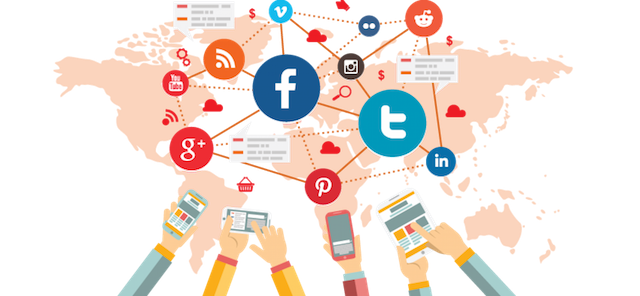
To the last point, all of the access to social media means that brands are in constant contact with their consumers whenever they want to be. This type of content has also created more of a democracy on the web. Anyone with something to sell, an internet connection, the time, and the capital to invest can get off the ground. They can start making money as they’re building an audience instead of being required to make money in order to get started in the first place.
Puts Off Customers

This is more of a side effect, but there are a lot of consumers that are so inundated with advertisements now that none of them are working. The seamlessness can make marketing much less annoying, but it can be more annoying at the same time. But, of course, you can’t please all the people all the time, and advertising on social media can still very well be worth the investment.